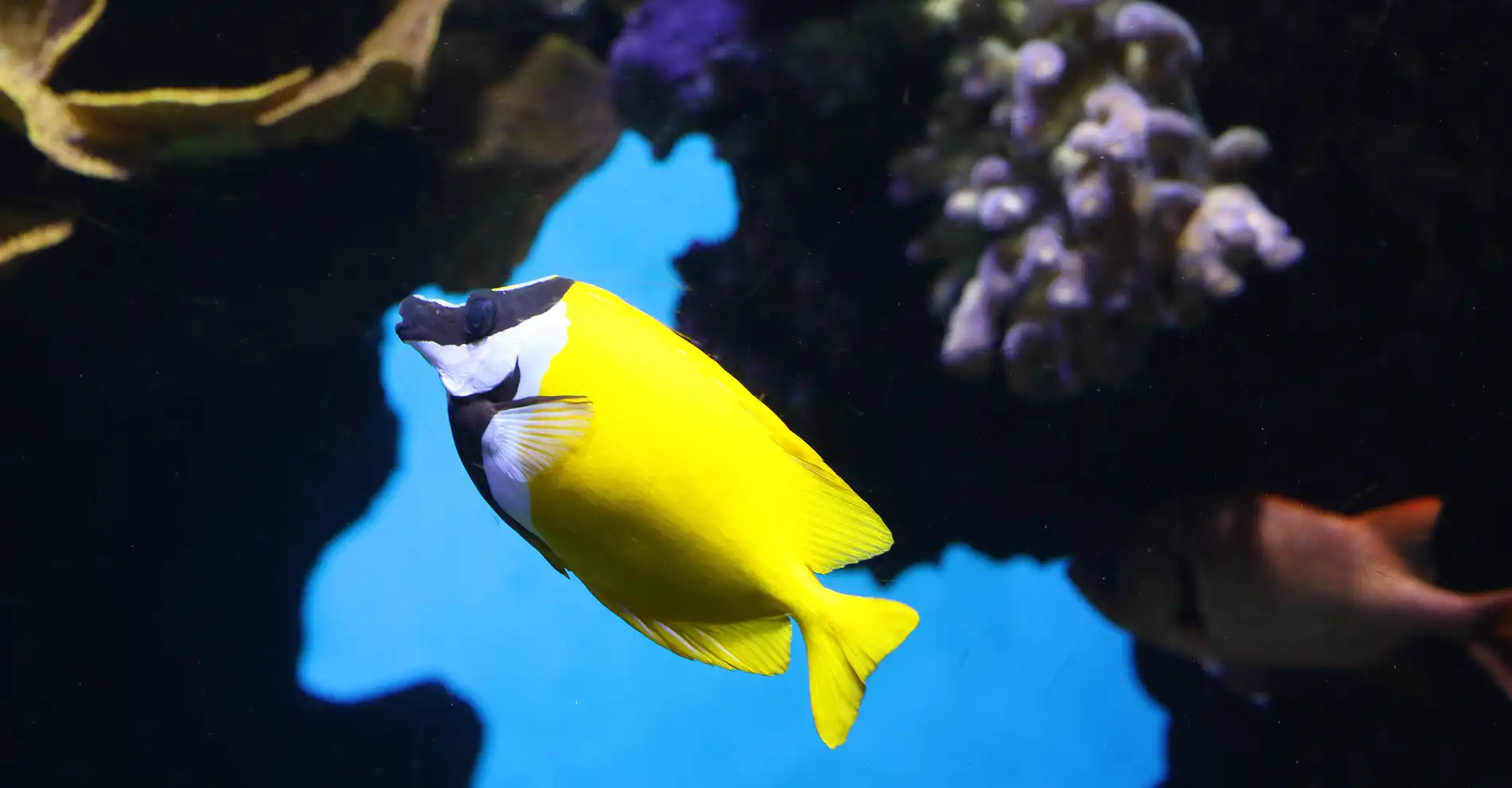Published on November 24, 2022Updated on June 19, 2023
To “make the oceans known, loved and protected” is the promise and raison d’être of the Oceanographic Museum of Monaco. Founded in 1889 by Prince Albert I of Monaco and inaugurated in 1910, the museum was built in a French Second Empire style on Monaco’s clifftop, where it appears to look out over the Mediterranean. The 85m high building with an area of 6,000m² is home to some hundred pools containing around 6,000 specimens. It welcomes 600,000 visitors each year. We meet Robert Calcagno, Chief Executive Officer of the Oceanographic Institution – Prince Albert I of Monaco Foundation, to find out about what goes on behind the scenes at this unique location.
Was it inevitable that Monaco should have an Oceanographic Museum?
Robert Calcagno: Prince Albert I was passionate about the sea. A great sailor and a visionary prince, he wanted to popularise marine sciences and raise awareness among the general public. The Universal Exhibition in 1889 was a significant moment. By this time, he had already carried out several campaigns in the Mediterranean as well as in the North Atlantic [ed. he did 28 in total.]. The exhibition was the opportunity for him to display all the treasures he had brought back from his expeditions. It was an enormous success, the visitors were extremely enthusiastic, and this is what inspired the idea of creating a museum, which was then inaugurated in May 1910. A century later, the links binding Monaco to the sea remain obvious, and this history is perpetuated by Prince Rainier III and H.S.H. Prince Albert II.


What is special about the museum?
R.C: The museum is exceptional in many ways. Apart from its magnificent collections, it has one of the world’s oldest aquariums, where very complex ecosystems are reproduced and which are home to no less than 6,000 specimens of fish. In addition, it has a care centre for Mediterranean marine species which supports different projects dedicated to biodiversity. The museum’s French Second Empire architecture is also remarkable, for its construction, at 85m high, looking out over the cliffs, and for its internal and external decoration representing the marine world. For example, the incredible chandelier in the form of a jellyfish made in 1908 by Baguès, the historic lighting designers. All of these things combine to make the museum an excellent tool to support the Sovereign Prince’s committed and necessary activities, following in the footsteps of his great-great-grandfather, to protect the blue planet.
What is the mission of the museum?
R.C: The museum’s mission is to make the oceans known, loved and protected. Which we accomplish with our 650,000 visitors a year – but there’s more to it than that! As a foundation, we work to bring together scientists, politicians, economists, non-governmental organisations and companies. Like, for example, at our annual event, the Monaco Blue Initiative in partnership with the Prince Albert II of Monaco Foundation, where we facilitate high-level discussions on the themes of the blue economy and ocean health, attended by representatives from every continent. Or the Monaco Federation of Ocean Science, through which we mobilise Europe’s leading marine science research organisations to expand the reach of marine science in Europe.
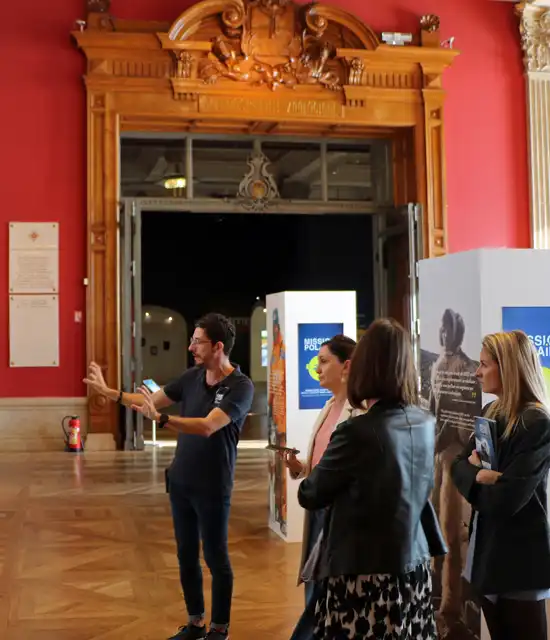
Indeed, behind the museum there is a foundation. What are the links between the two?
R.C: Here we come back to Prince Albert I. He wanted to persuade as many people as possible of the oceans’ essential role, so in 1906 he created the Oceanographic Institute – Prince Albert I of Monaco Foundation, a charitable organisation in the public interest. It consists of two organisations, the Oceanographic Museum, inaugurated in 1910, and the Maison de l’Océan in Paris. The museum presents scientific, historical and artistic collections, and organises and hosts exhibitions. Thus, it plays an essential role in terms of reaching the general public. The Maison de l’Océan is a real “environmental hub”, in the heart of Paris’s Latin Quarter. Major figures in the fight to protect the ocean are based there and high-level events on the subject of topical issues, for both professionals and the public, take place there.


It was Prince Albert I who first had the idea of bringing together art and science in one location. Is this idea still important to the museum?
R.C: Absolutely. As I’ve mentioned, Albert I made the museum a permanent space for art and science, art being a way to raise awareness of the greatness and fragility of the oceans in the same way as scientific knowledge. And this is still the case today. In recent years, we have collaborated with international artists like Damien Hirst (2010), Huang Yong Ping (2010), Mark Dion (2011), Marc Quinn (2012) and Philippe Pasqua (2017) and his monumental exhibition Borderline.
Can you tell us a few words about the Polar Mission exhibition?
R.C: Since it opened in June, the Polar Mission exhibition, which runs until summer 2024, and whose ambassador is the actress Mélanie Laurent, a great supporter, has welcomed more than 380,000 visitors [ed. as of 15 November 2022], which demonstrates the public’s passion for these regions. In five stages, the exhibition transports you right to the heart of the Arctic and Antarctic. You can meet some of the great explorers of these extreme regions; find well-known species like polar bears in the Arctic and emperor penguins in the Antarctic; discover the people who live in these inhospitable places and the researchers who work there… And finally, you enter the “IMMERSION” room, undoubtedly the exhibition highlight, with its 650m² projection and cutting-edge technology. Visitors can see whales eating their gargantuan meals, delight in the Northern and Southern lights, or find themselves surrounded by the strident cries of terns or by majestic killer whales.
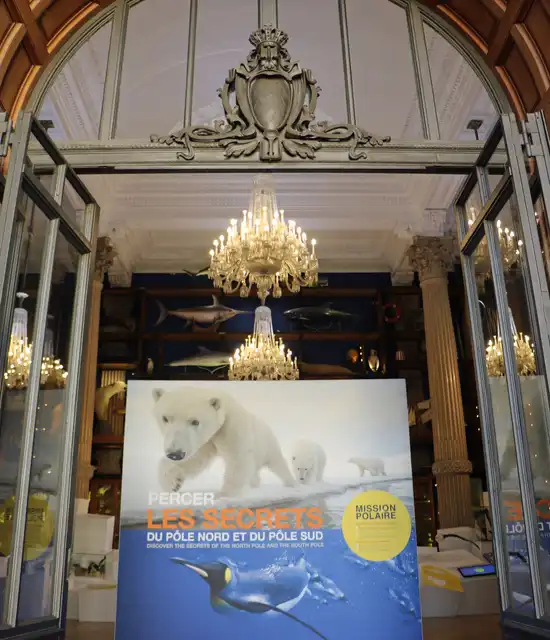
Once again, this type of exhibition appears entirely logical given the history of Monaco and its relationship with the sea.
R.C: For a long time, it was believed that the poles would be spared from climate change. However, today we know that this isn’t the case. The Arctic ice field is continually shrinking and the Antarctic continent is becoming increasingly fragile. In the late 19th and early 20th centuries, Albert I went to the Svalbard Archipelago four times. He took photographs, in particular of the Lilliehöök glacier, the largest in Spitzbergen. When H.S.H. Prince Albert II returned there in 2005, and again in 2022, he could see that this giant had retreated by several kilometres.
This experience was one of the reasons that Monaco has made a commitment to protecting the poles. These icy deserts are not just mind-blowing landscapes, they are also essential links in the good functioning and equilibrium of the planet and its climate. In 2009, Prince Albert II opened the Prince Albert II of Monaco Foundation, dedicated to fighting climate change and with particular focus on the polar regions. Thanks to his diplomatic activities, the Sovereign Prince helped create the Ross Sea region Marine Protected Area in 2016, and he also contributed to the extension to the Arctic from 2024 of the prohibition in the Antarctic of heavy fuel oil on boats.
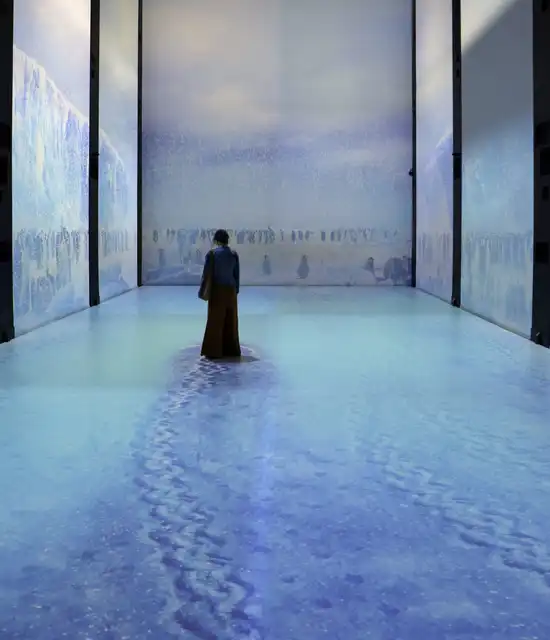
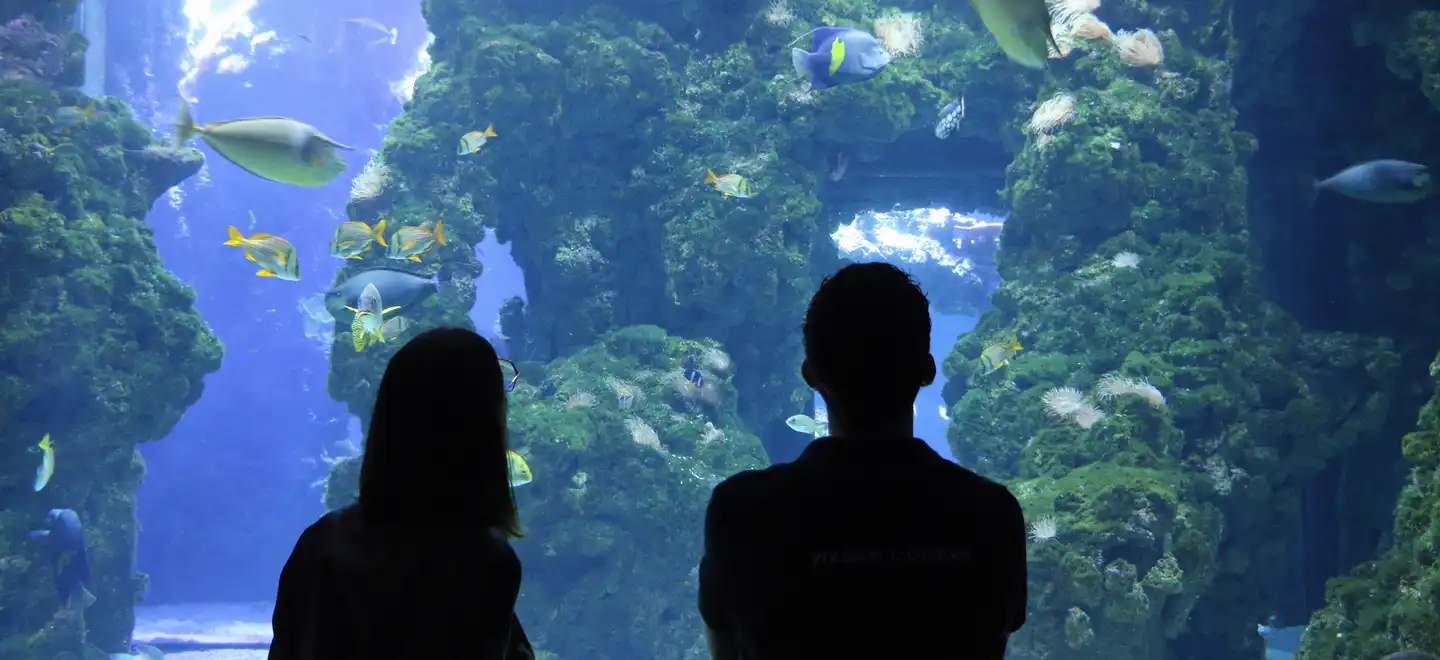
The museum is also an aquarium. What goes on here behind the scenes?
R.C: The aquarium has 90 pools separated into two zones, one dedicated to the Mediterranean and the other to tropical seas. The Mediterranean zone is home to 100 of the 650 species that can be found in the Mediterranean Sea, including the famous grouper. This incredible world offers diverse sights going from Posidonia meadows to coralliferous drop-offs. The colourful abundance of the tropical sea basins offers a continuous ballet of species of extraordinary colours and shapes. A world where symbiosis and complementarity prevail. But, as I have already mentioned, the aquarium is also the Monegasque Care Centre for Marine Species, which runs collaborative projects dedicated to participative observation and the study of marine turtles, seahorses and the noble pen shell. Behind the scenes, our teams are practising a technique which facilitates the reproduction of coral cuttings, thus limiting their removal from the marine environment. With a lot of work, we have also managed to reproduce some species of fish, like the cardinalfish from the Banggaï Islands and the spiny damselfish, always with the objective of reducing human impact in mind.
How does the museum reach out to the younger generations?
R.C: While the museum is targeted at all age groups, it is essential for us to raise awareness of environmental issues among young people. Beyond the direct links we have established with schools, there is no doubt about the museum’s educational status. We hold numerous workshops where young people can learn interactively. For example, in the “Monaco and the Ocean” room, where, using interactive tools, we raise young people’s awareness of important topics such as plastic pollution, climate change and overfishing. To accompany the Polar Mission exhibition, we have created a booklet for children to use during their visit, which contains games and tasks for them to carry out. Finally, we are very proud of the latest edition of the Oceano pour Tous project, which is being rolled out as we speak! This major competition is targeted at French-speaking year 7-10 students in Monaco, France and around the world. They get support from our teams in online workshops and have access to educational resources. Each class has to put forward a project to protect the ocean, and we can’t wait to see them!
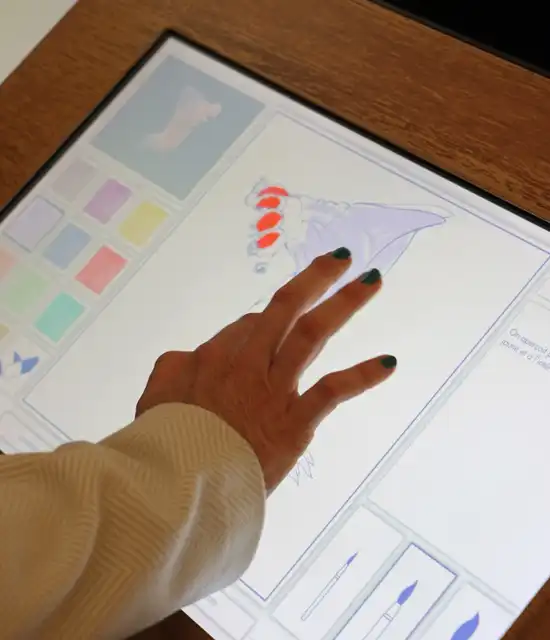
Can you tell us about Monaco Explorations and in particular the Indian Ocean mission?
R.C: This mission, part of H.S.H. Prince Albert II’s commitment to protecting the oceans, is the largest mission ever carried out by the Principality of Monaco. Missions led by Monaco Explorations are built on three foundations, the first of which is science. For this particular mission, some hundred scientists are onboard the S.A. Agulhas II. They are studying the Indian Ocean from every angle using cutting-edge technology. The second foundation is politics, diplomacy and influence. On this mission, the Sovereign Prince made an official visit to the Seychelles, where he met the president. Finally, the third foundation is mediation, or outreach, which can take many forms. For example, when the ship made a stop at Mahé, it was not only Seychelles officials who visited the S.A. Agulhas II and its laboratories, children from all the islands of the Seychelles were also welcomed onboard.

Can you tell us a bit more about one of the projects carried out during this mission?
R.C: I’d like to tell you about Saya de Malha. It is currently a little-known, little-explored and largely uncharted underwater bank. But we hope that in the future, when we know the outcome of this exploration, we will know if it could present an opportunity for the Seychelles and Mauritius in terms of protection of biodiversity. Saya de Malha is a maritime zone whose seabed is jointly governed by the republics of the Seychelles and Mauritius, located as it is on a plateau between them. This plateau consists of a vast area of deep faults, between 7 and 200 metres deep, largely occupied by a vast seawater meadow. This “invisible island”, as I like to describe it, is both rich in nutrients for biodiversity and a formidable carbon sink (blue carbon). Currently, very little is known about this area, and a better understanding of its ecosystem will make it possible to ensure it is better managed and better protected. The underlying idea behind this exploration is to persuade different countries to put in place tools to protect the area, which will benefit not only Saya de Malha but all ocean zones with similar characteristics. In terms of protection of diversity, we hope to have the same success at Saya de Malha – which covers an area the size of Switzerland! – as at Aldabra.
You might also like…
Printemps des Arts Monte-Carlo
For this new edition ahead of the classical music festival, Bruno Mantovani explores the music of this visionary composer, conductor and teacher.
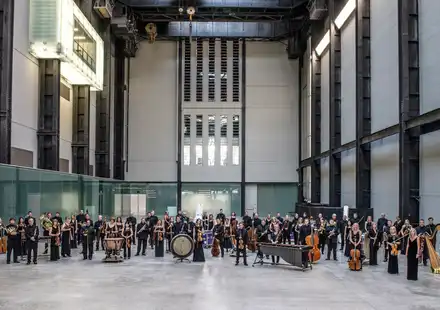
New Moods reopens: let the party begin! Interview with Stéphane Lobono and Alfonso Ciulla
Read the interview with Stéphane Lobono and Alfonso Ciulla about the reopening of New Moods in Monaco, an iconic venue dedicated to live music.

Repossi: high jewellery and avant-garde design. Meeting with Anne de Vergeron
Meet Anne de Vergeron, CEO of Repossi, for a creative and sparkling tour through the history and behind the scenes of this legendary jewellery house.


